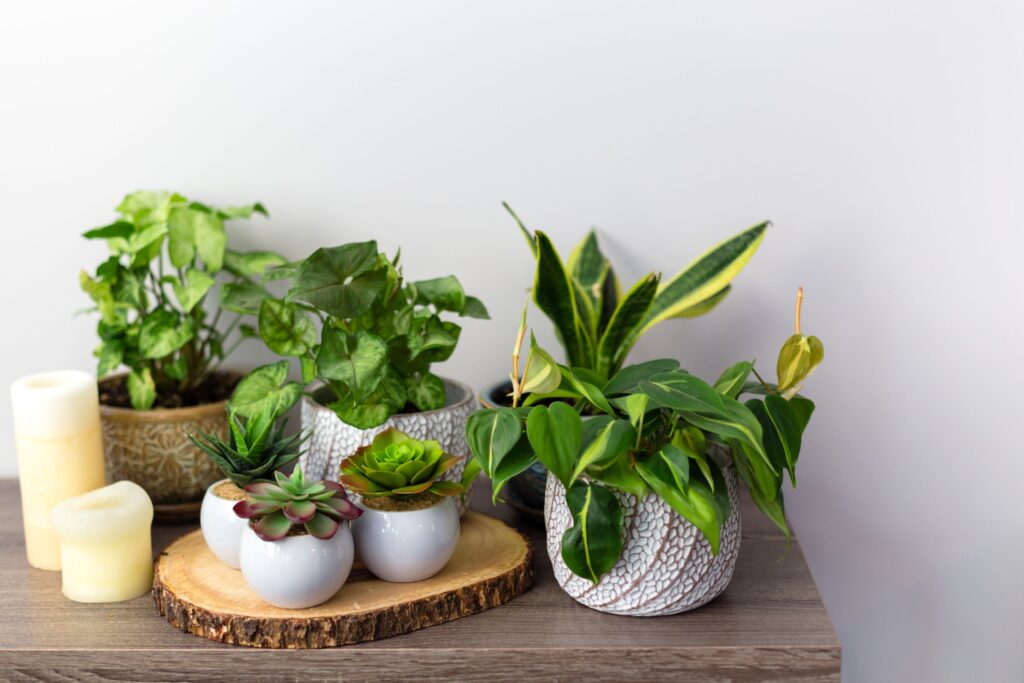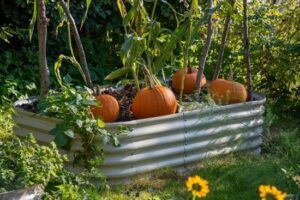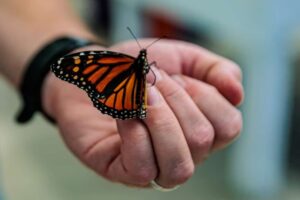
Introduction
The idea of bad luck plants holds significant cultural and superstitious weight in many societies, influencing beliefs and practices related to gardening and home decor. While some dismiss such notions as mere folklore, others take them seriously, carefully selecting plants and arranging them in specific ways to avoid inviting misfortune into their lives. In this article, we’ll explore the concept of bad luck plants in front of the house, examining common examples, their perceived effects, and potential remedies for homeowners seeking to cultivate a harmonious living environment.
Common Bad Luck Plants
Black-Eyed Susan
Black-Eyed Susan, scientifically known as Rudbeckia hirta, is a popular perennial flower native to North America. Despite its cheerful appearance with bright yellow petals and dark centers, Black-Eyed Susan has garnered negative associations in certain cultures. In folklore, it’s believed that bringing these flowers indoors can attract misfortune or even death, leading many to avoid planting them near the house or in front gardens. Superstitions surrounding Black-Eyed Susan vary, with some linking it to ill omens and bad luck.
Yew Trees
Yew trees, belonging to the Taxus genus, are evergreen conifers known for their dense foliage and red berries. While they are commonly planted for their ornamental value and landscaping purposes, yew trees have also been associated with superstitions and folklore. In Celtic mythology, yew trees were considered sacred and associated with death and rebirth. In some cultures, planting yew trees near the house is believed to bring about negative energy or even death, leading to their avoidance in front gardens.
Cactus
Cacti are renowned for their resilience and adaptability to arid environments, making them popular houseplants and garden additions. However, despite their practicality and aesthetic appeal, cacti have garnered negative connotations in certain cultures. In Feng Shui, the placement of cacti near the entrance or in front of the house is discouraged due to their spiky nature, which is believed to create hostile energy and block positive chi flow. Some superstitions also associate cacti with loneliness or financial difficulties, further contributing to their reputation as bad luck plants.
Effects of Bad Luck Plants
Negative Energy
The presence of bad luck plants in front of the house is believed to emit negative energy that can permeate the surrounding environment. According to metaphysical beliefs, plants have energies and vibrations that can influence the atmosphere and mood of a space. Bad luck plants are thought to disrupt the flow of positive energy, creating a sense of unease or discomfort for occupants of the house.
Hindrance to Prosperity
In addition to affecting the energetic balance of the home, bad luck plants are often associated with hindering prosperity and abundance. According to Feng Shui principles, plants placed in front of the house can either attract or repel positive chi, the life force energy that promotes health, wealth, and happiness. Bad luck plants are believed to obstruct the flow of chi, impeding financial luck and preventing occupants from achieving their full potential.
Health and Well-being
Beyond their symbolic implications, bad luck plants may also pose potential health risks to occupants of the house. Some plants, such as yew trees, are toxic if ingested and can cause serious harm or even death to humans and pets. Additionally, the psychological effects of living in an environment perceived as unlucky or negative can take a toll on mental and emotional well-being. The constant presence of bad luck plants may contribute to feelings of anxiety, stress, or dissatisfaction with one’s living situation.
Conclusion
While the belief in bad luck plants may vary among individuals and cultures, it’s clear that the selection and placement of plants in front of the house can have a profound impact on the energy and atmosphere of the living environment. Whether rooted in superstition, folklore, or practical concerns, the presence of certain plants may influence occupants’ perceptions and experiences within their homes. As homeowners navigate the choices of landscaping and gardening, it’s important to consider not only aesthetic preferences but also the potential symbolic and energetic implications of their selections. By cultivating a harmonious and positive living environment through mindful plant selection, placement, and energetic practices, homeowners can create a space that nurtures well-being, prosperity, and peace of mind. Ultimately, whether one chooses to embrace or dismiss the notion of bad luck plants, the intention behind creating a sanctuary of balance and positivity remains paramount in fostering a happy and healthy home.



